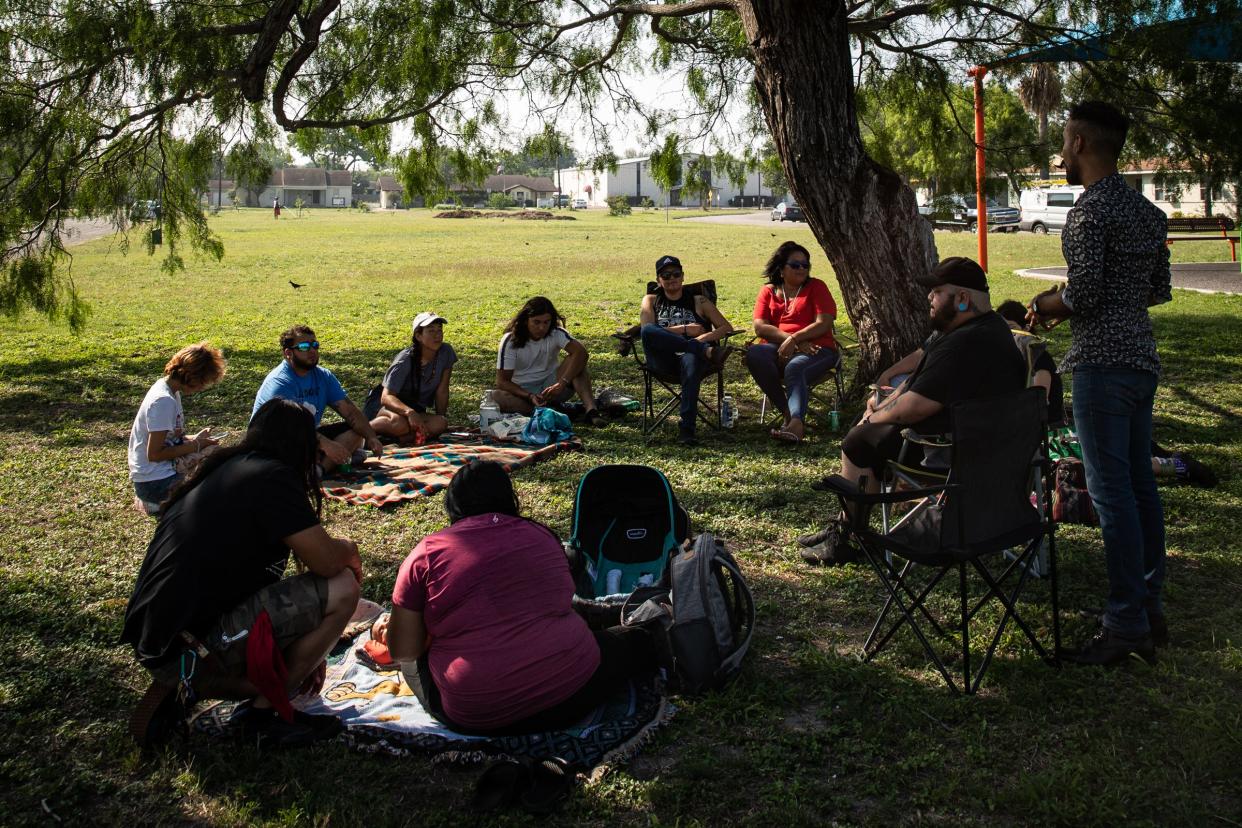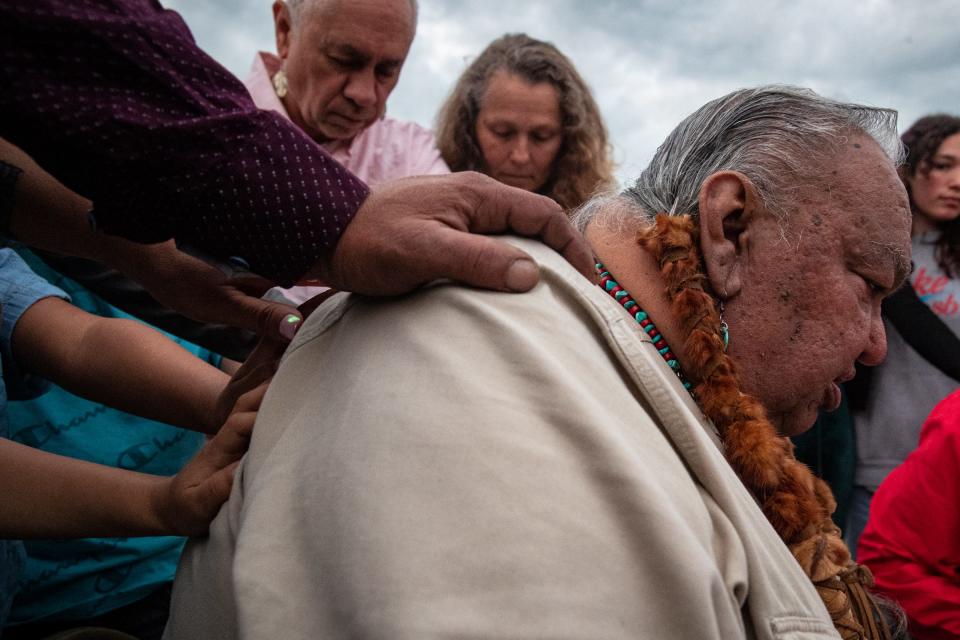Caller-Times explores removal of Native American remains from Nueces County graves

Nueces County has the highest number of Native American human remains removed from cemeteries in any Texas county and kept by institutions across the country.
Earlier this year, ProPublica, a nonprofit journalism organization, published a series of in-depth stories on the repatriation of Native American remains, including a national database tracking the status of efforts to return remains.
The database showed that only a small fraction of the remains of 270 individuals taken from gravesites in Nueces County have been made available for return.
The Caller-Times set out to find out why there has been so little success in repatriation locally, as well as how universities and museums ended up in possession of the remains of hundreds of Native Americans from the Coastal Bend.
Our efforts culminated in a two-part series exploring Indigenous history, current activism and repatriation efforts in Corpus Christi and the Coastal Bend.
The first story focuses on the history of one of the state’s largest known Indigenous burial grounds, located in the Cayo del Oso area along the northwest shore of Oso Bay, near where Ennis Joslin Road runs today in Corpus Christi.
For decades, looters and archaeologists took human remains and funerary objects from the graves, and most of the remains reflected in federal data are linked to this site.

Reporters sifted through federal Native American Graves Protection and Repatriation Act data; explored the Caller-Times archives; spoke with representatives from institutions currently in possession of human remains, including the University of Texas, Texas A&M University and Texas State University; and spoke with locals who have been working to honor the cemetery and advocating for repatriation for years.
Read part one of the series here.
The second story examines the history surrounding the Karankawa, a coastal people who controlled much of Texas’ Gulf Coast for centuries, and the emergence of Karankawa descendants who are reconnecting with their heritage.
The Caller-Times spoke to historians and an intertribal group that includes Indigenous people who are fighting to protect the lands where their Karankawa ancestors once lived. In federal court, the group is seeking protection for an artifact-rich stretch of land sandwiched between Ingleside on the Bay and Enbridge’s expanding oil terminal.
Under the Texas Public Information Act, the Caller-Times obtained archaeological reports from the Port of Corpus Christi of the property, which was once the foundation of U.S. Naval Station Ingleside.
Read part two of the series here.
This article originally appeared on Corpus Christi Caller Times: Caller-Times explores removal of Indigenous remains from Nueces County

